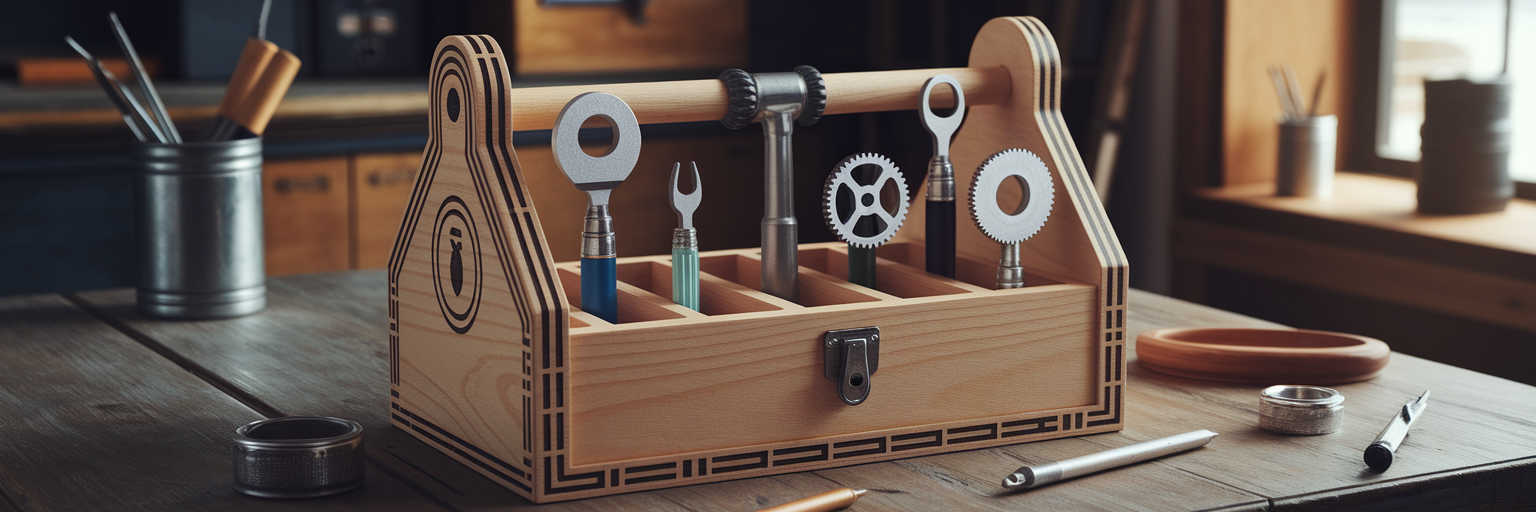Search Blog
Future Proofing Your Business With a Custom WordPress Website
Moving Beyond the Basic Website Template
Many businesses begin their online journey with an off-the-shelf WordPress theme. It’s a sensible first step, offering a quick and affordable way to establish a digital presence. But as your business grows, you start to feel the constraints. You can almost hear the site groaning under increased traffic, with load times getting slower. Trying to add a specialised feature, like a custom booking system, becomes a frustrating puzzle of incompatible plugins. Your brand, once fresh, now looks like countless others using the same template.
Moving to a custom website isn’t just a redesign. It’s a strategic decision to build a platform that supports your growth. It’s about creating a high-performance tool and a memorable online identity that sets you apart. This is how to build a custom website that truly works for you.
What ‘Scalability’ Really Means for Your Business
Think of scalability like the foundation of a local cafe. A small foundation is fine for a single shop, but if you plan to expand into a multi-location franchise, you need something much stronger. A scalable website for a small business operates on the same principle. It’s built to handle success without breaking. When a marketing campaign goes viral or your new product line takes off, your site won’t crash under the sudden surge of visitors. This resilience is the direct result of clean, efficient code and thoughtful architecture.
This is a world away from bloated, all-in-one themes that try to be everything to everyone. For a WordPress e-commerce setup, this means your site can grow from ten products to ten thousand without slowing down, ensuring a smooth customer experience every step of the way.
| Factor | Template-Based Website | Custom Scalable Website |
|---|---|---|
| Traffic Spikes | Prone to slowing down or crashing | Handles high traffic volumes smoothly |
| New Features | Limited by theme/plugin compatibility | Can integrate any custom functionality |
| Long-Term Cost | Requires frequent fixes and potential rebuilds | Higher initial investment, lower long-term costs |
| Brand Identity | Constrained by pre-set layouts | Fully unique design and user experience |
This table illustrates the practical differences in how a template-based site and a custom site perform as a business grows. The comparison focuses on key pain points for expanding businesses.
The Power of True Website Customisation
True customisation goes far beyond changing colours and fonts. It’s about building unique digital workflows that mirror your exact business operations. Imagine a trades business with a bespoke quoting tool that instantly generates accurate estimates for clients. Or a retailer whose website integrates perfectly with a niche inventory management system, eliminating manual data entry. This is the precision that generic templates simply cannot deliver.
This level of tailoring allows you to design a customer journey that feels completely intuitive, guiding users toward an enquiry or a sale. A custom-built site is also inherently faster. As research from SPDLoad on custom development in 2025 highlights, building high-performing sites is a key goal because speed directly impacts user experience and conversions. For more foundational knowledge on digital strategy, business owners can explore a range of topics that help build a stronger online presence in our knowledgebase.
Advanced Features That Drive Business Growth
With a solid, custom foundation, you can implement advanced solutions that directly contribute to your bottom line. These aren’t just technical novelties; they are powerful business tools.
- Headless WordPress: This approach separates your back-end content management from the front-end design. For you, this means a significantly faster website. It also gives you the flexibility to push content from one central hub to other platforms, like a mobile app or digital kiosk, without re-entering anything.
- Custom-Built Plugins: We’ve all been there, installing dozens of third-party plugins that slow the site down and create security vulnerabilities. A custom plugin is different. It’s a lean, secure solution built to do one specific job for your business, and do it perfectly.
- API Integrations: Think of APIs as secure bridges connecting your website to other essential business tools, like your CRM or accounting software. This automation saves countless hours of manual work and drastically reduces human error. This is where custom WordPress development truly becomes a core business asset, as seen in projects that require complex integrations.
Protecting Your Investment and Your Customers
As your online presence grows, so does your responsibility to protect customer data. Website security is not an optional extra; it’s a non-negotiable part of running a modern business. A custom build offers a significant advantage here. These sites don’t use the same mass-distributed themes and plugins that are common targets for hackers. Instead, developers can implement targeted security measures tailored to your site’s specific functions.
As noted by industry analyses from Seahawk Media, top development companies integrate robust security frameworks as a core part of their service. The most important takeaway is to have a detailed discussion about security protocols with your developer. A secure business website is maintained, not just built. That’s why we emphasise the importance of an ongoing secure business website maintenance plan that includes regular audits, backups, and updates to protect your digital asset.
Budgeting for a Custom Site and Finding the Right Partner
Let’s be direct about the investment. A custom WordPress for business Australia site can range from $3,500 to over $8,000, depending on its complexity. It’s important to view this as an investment in a core business asset, not just another expense. When choosing a development partner, look for someone who asks about your five-year business goals, not just your favourite colours. Their portfolio should show evidence of creative problem-solving, not just pretty designs.
While the initial cost is higher than a template, a scalable, custom website delivers a far superior return. It adapts as you grow, saving you the significant cost and headache of future rebuilds. If you’re ready to discuss how to build a custom website that aligns with your goals, it’s time to reach out to a specialist.




